Solar storm danger: Sunspot ‘10 times wider than Earth’ could hurl out M-class solar flares
NASA has highlighted that a massive sunspot on the solar surface could hurl out M-class solar flares towards Earth. Know all about this solar storm danger.
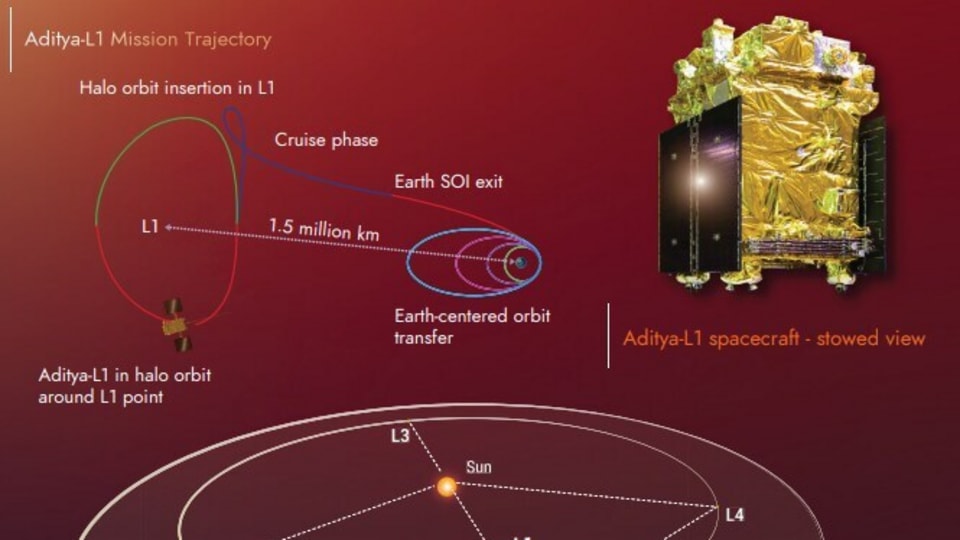

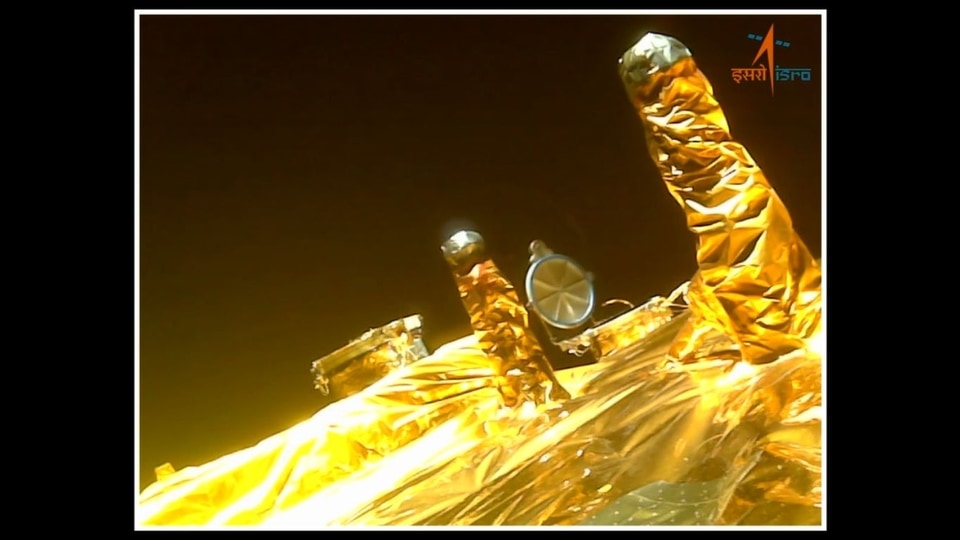
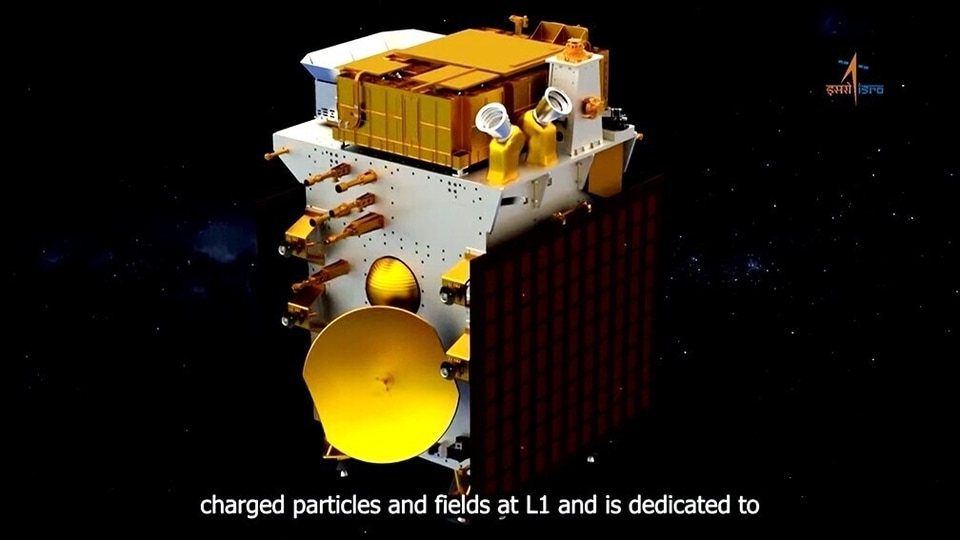
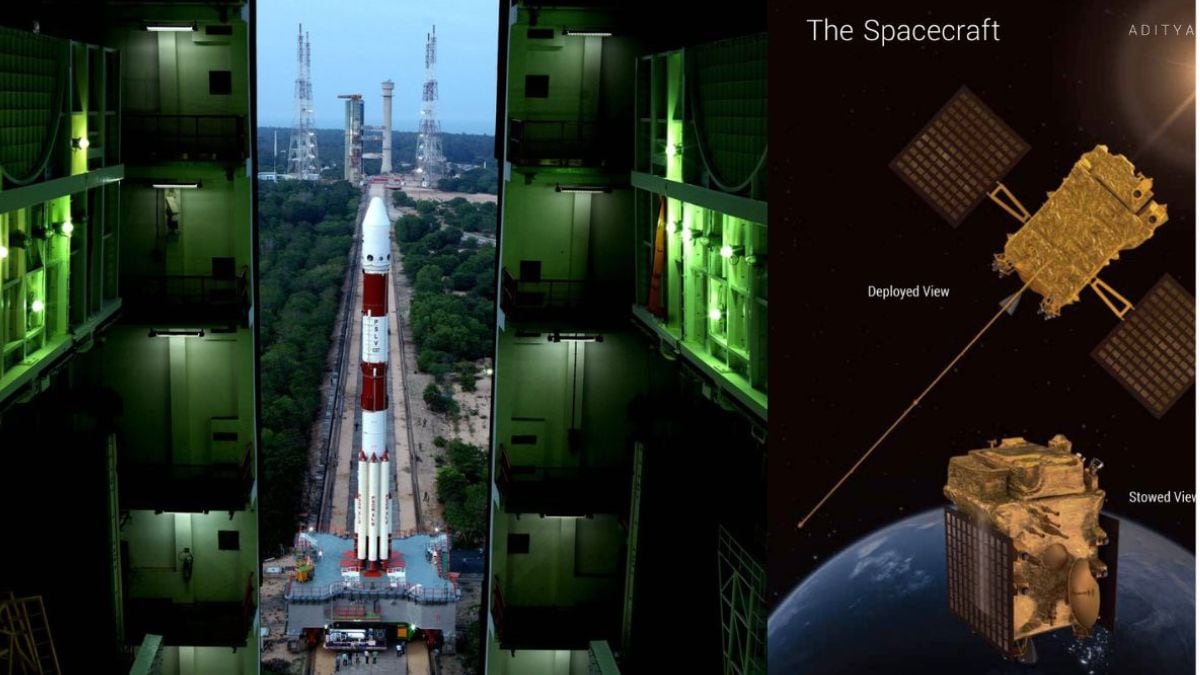
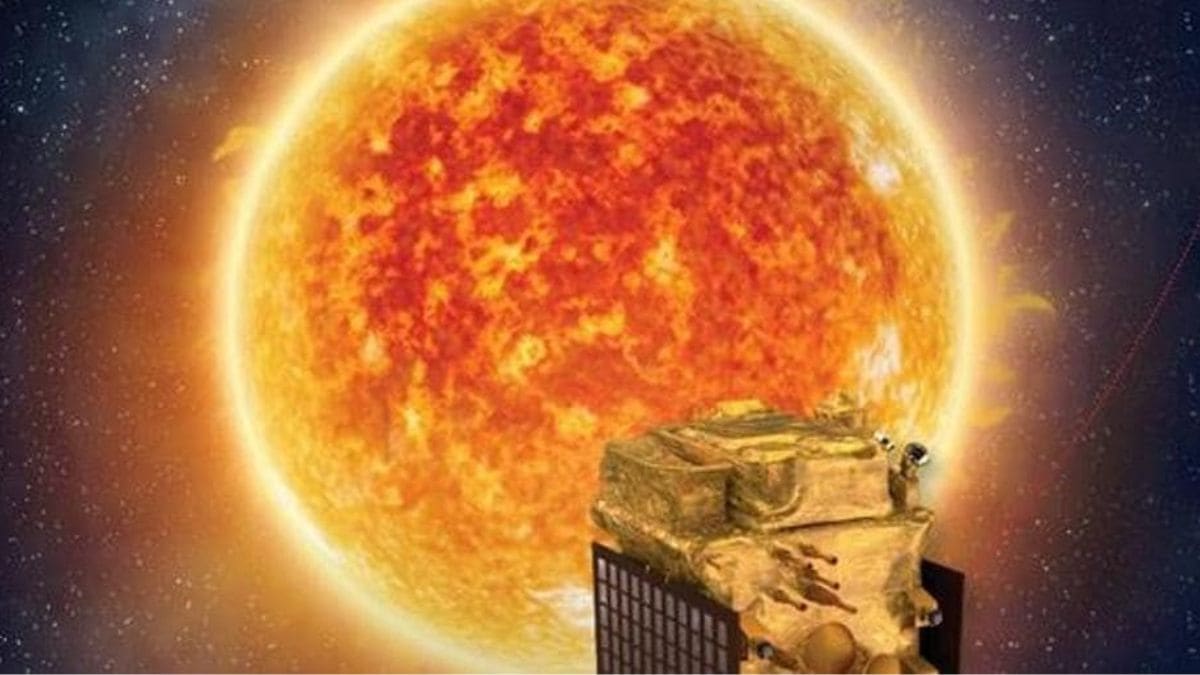
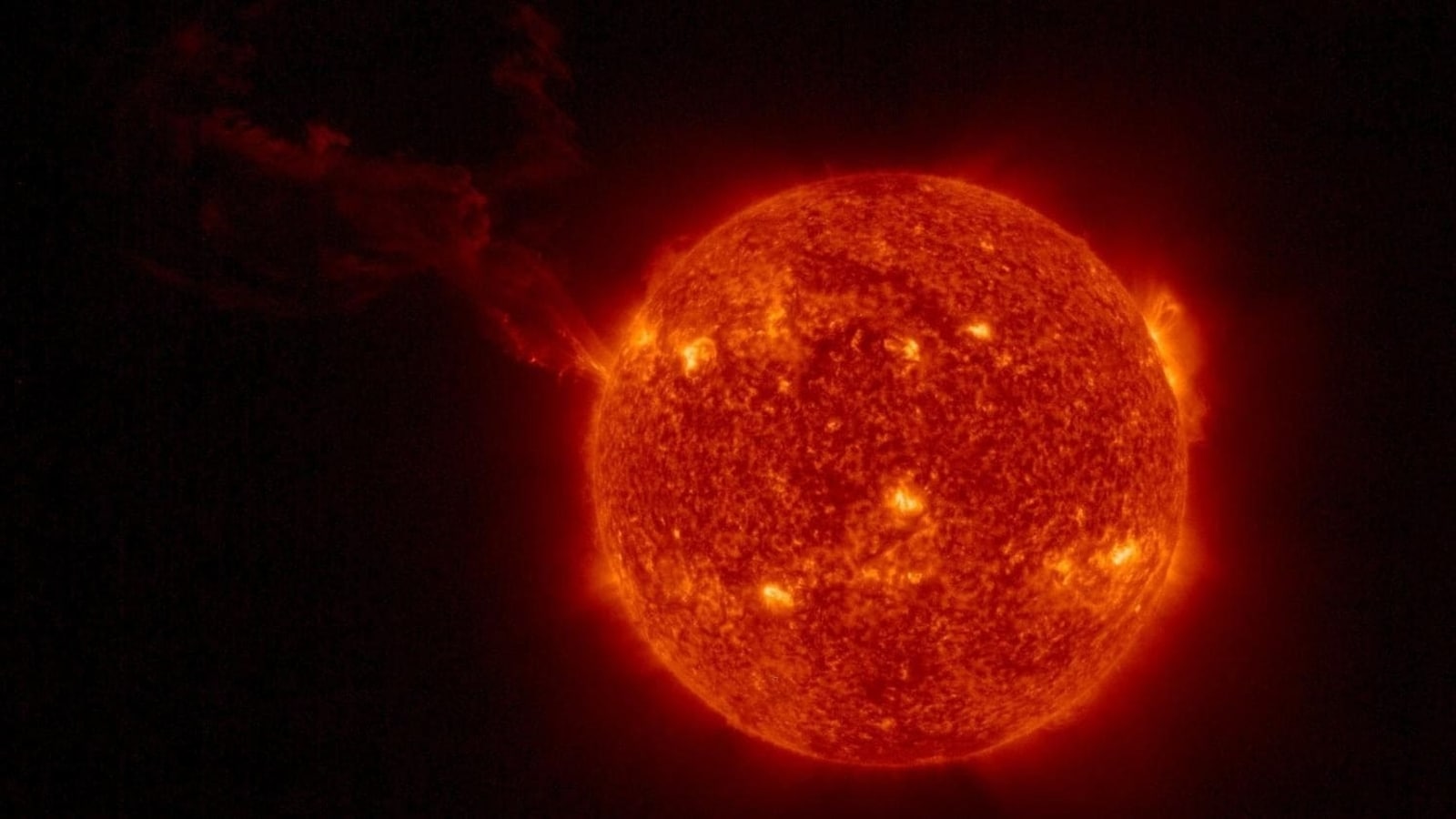
 View all Images
View all ImagesEarth witnessed f X-class solar flares a number of times in the last few months. For the unaware, X-class solar flares are the most intense flares which can result in long-lasting radiation storms. In December, there were two instances of terrifying X-class solar flares hitting the planet, one of which caused a radio blackout in the polar regions for almost 3 days. Now, another solar storm danger has been highlighted as a massive sunspot on the solar surface could hurl out M-class solar flares towards Earth. Know all about this solar storm danger.
Solar storm danger
According to the National Oceanic Atmospheric Administration (NOAA), sunspot AR3559 tripled in size over the weekend, and it is now 10 times wider than Earth! It has more than 12 dark cores. NASA says you need just eclipse glasses to view this gigantic dark spot on the Sun's surface! The same sunspot also has an unstable ‘beta-gamma' magnetic field, and harbours the energy to produce strong M-class solar flares and bring about a solar storm.
SpaceWeather report states, “A big sunspot is turning toward Earth. AR3559 tripled in size over the weekend, growing 10 times wider than Earth with more than a dozen dark cores. An unstable 'beta-gamma' magnetic field makes AR3559 a threat for strong M-class solar flares.”
The solar flare danger was discovered using NASA's Solar Dynamics Observatory. If it impacts, a solar storm could be on the cards soon.
About the NASA Solar Dynamics Observatory
The NASA Solar Dynamics Observatory (SDO) uses three very crucial instruments to collect data from various solar activities. They include the Helioseismic and Magnetic Imager (HMI) which takes high-resolution measurements of the longitudinal and vector magnetic field over the entire visible solar disk, Extreme Ultraviolet Variability Experiment (EVE) which measures the Sun's extreme ultraviolet irradiance, and Atmospheric Imaging Assembly (AIA) which provides continuous full-disk observations of the solar chromosphere and corona in seven extreme ultraviolet (EUV) channels.
Also read other top stories today:
Apple Vision Pro and the Future: Apple is already envisioning future workplace applications for the device, including using it for surgery, aircraft repair and teaching students. Know what the gadget is poised to do here.
Cyber-skulduggery is becoming the bane of modern life. In 2022–23, nearly 94,000 cyber crimes were reported in Australia, up 23% on the previous year. Know how to protect yourself here.
AI for the good or bad? If rapidly improving AI achieves its lofty goal of digital immortality -- as its advocates believe it can -- will it be a force for good or for evil? Read all about it here.
One more thing! We are now on WhatsApp Channels! Follow us there so you never miss any updates from the world of technology. To follow the HT Tech channel on WhatsApp, click here to join now!
Catch all the Latest Tech News, Mobile News, Laptop News, Gaming news, Wearables News , How To News, also keep up with us on Whatsapp channel,Twitter, Facebook, Google News, and Instagram. For our latest videos, subscribe to our YouTube channel.





























